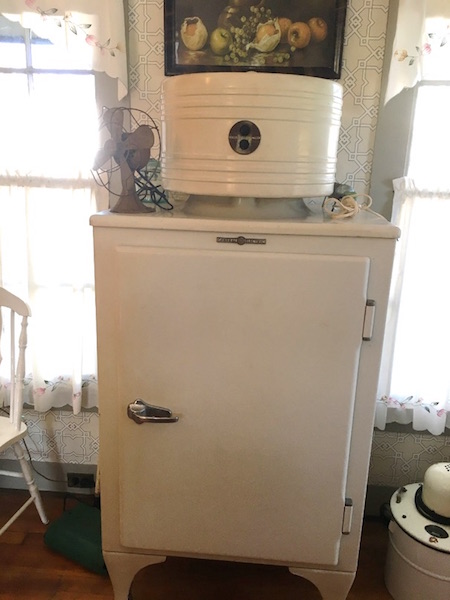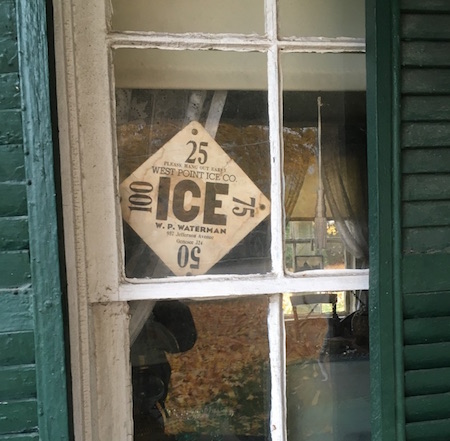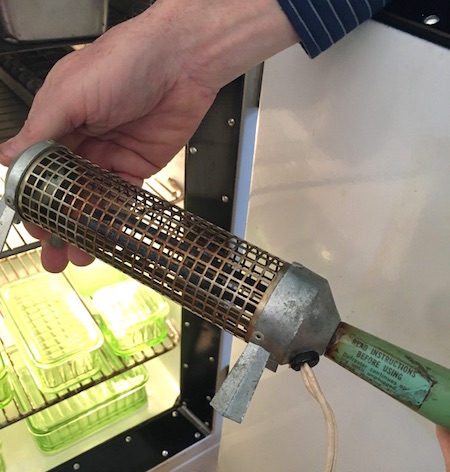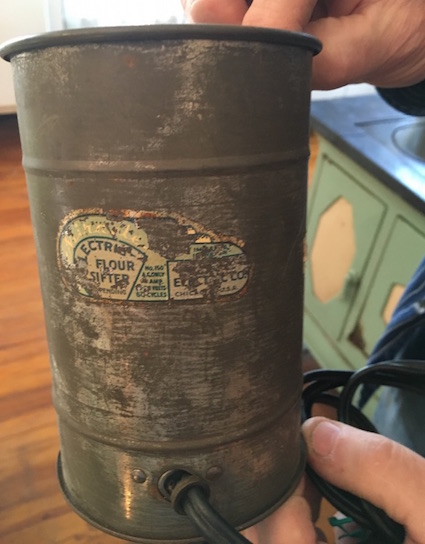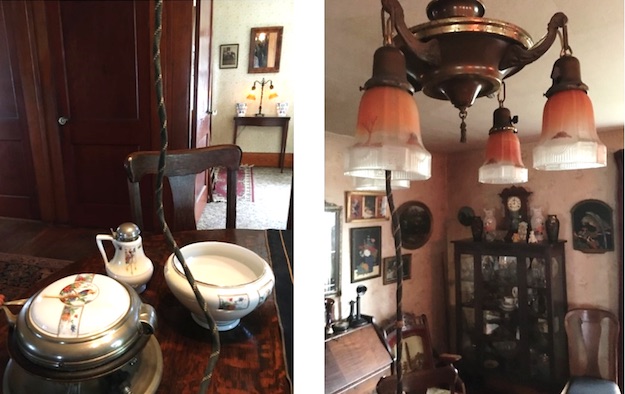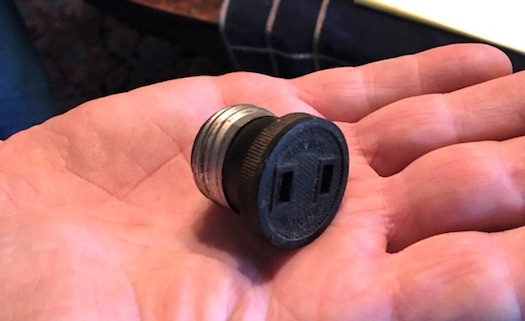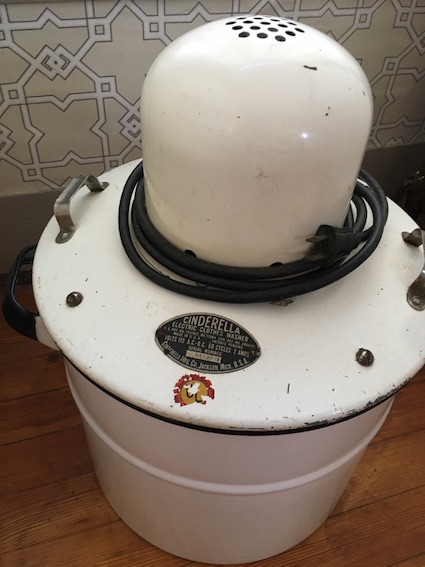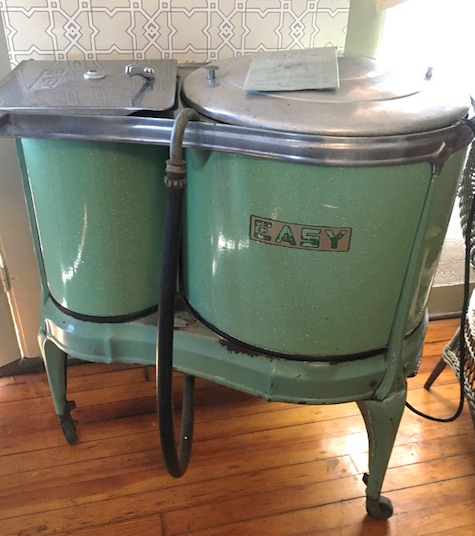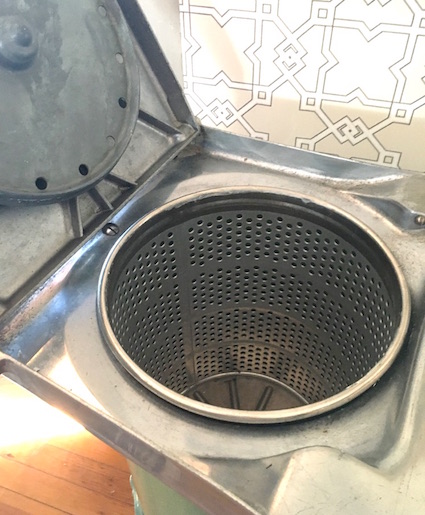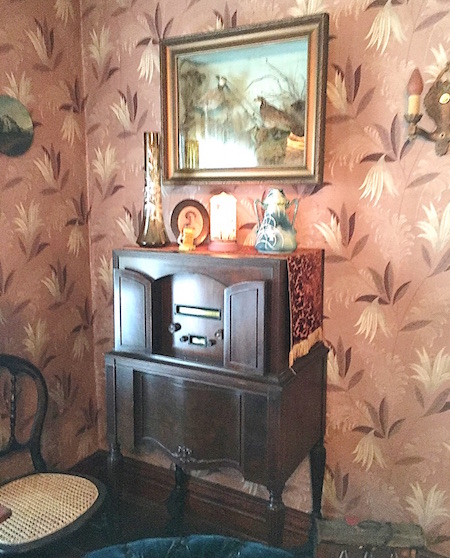Historic Childs: Electricity comes to the hamlet, revolutionizing homes (Part 2)
Electric appliances doomed other industries, including ice harvesting
(Editor’s Note: This is part of an ongoing series about the historic Childs hamlet. This article is part 2 of when electricity came to Childs in the late 1920s. Part three will be next week.)
By Doug Farley, Cobblestone Museum Director
Electric appliance companies, such as Edison General Electric, had an interesting marketing pitch in the 1920s to help sell their newfangled electrical devices, “Electricity is the only servant you will ever need!”
Such was the case in the Hamlet of Childs after electric power became readily available after 1926. Perhaps the most successful of all of the G.E. appliances was the monitor top refrigerator (pictured above), first introduced in 1927.
This success of the refrigerator sounded the beginning of a death knoll for another industry, ice harvesting. The “Iceman” was a frequent visitor to homes in the Hamlet of Childs before the arrival of electricity. It’s probably safe to say there was an icebox in every home in the 1800s and early 1900s as demonstrated by this ice sign found in window at the Ward House in Childs.
Homeowners used signs like this to let the iceman know how much ice they needed for their delivery. The number showing at the top of the sign signaled the iceman to bring the corresponding number of pounds of ice into the home.
With monitor top refrigerators replacing ice boxes, a new dilemma surfaced for housewives, namely how to defrost their refrigerator without spoiling all the food inside.
Today with frost-free refrigeration, we’ve lost track of the need to manually defrost the appliance to remove the ice that would build up on the refrigerator’s freezer compartment. Electricity came to the rescue with a new gadget designed to quickly and safely melt the accumulated ice.
If monitor-top refrigerators were one of the largest electrical appliances, perhaps the smallest would have been the electric sifter. Even such mundane tasks as sifting flour became fair game for electrification in the new electric household.
When electricity was new, it was originally installed in a home for lighting. As manufacturers began to produce more and more electrical appliances homeowners didn’t have enough outlets installed in their homes.
Necessity became the mother of invention and it was not unusual to see a power cord dangling from an overhead light fixture, because that was the only power source to be found. This is demonstrated at the Vagg House in Childs where a Royal Rochester waffle iron is plugged into an overhead light fixture.
This connection was made possible by removing an incandescent lightbulb from a light fixture and screwing in a lampholder plug to provide an outlet in the room. In the early days it was not uncommon to use a light fixture to power your vacuum cleaner, space heater, flat iron, radio and many other appliances.
Another problem with early electrical appliances was found with the plug at the end of the cord. Appliance manufactures each chose their own design for the arrangement of the prongs.
Even if you were fortunate enough to have an electrical wall socket in your home, it might not have the needed configuration to match the pins on your appliance.
This socket and plug dilemma didn’t get resolved until the mid-20th century when groups like Underwriters Laboratories came up with their “Seal of Approval” to designate standardized, safe appliances. You can see a portion of the familiar red and gold seal on this apartment-sized electric clothes washer manufactured by the Cinderella Company and on display at the Vagg House in Childs.
Washday doldrums were a routine occurrence prior to the arrival of electricity. Every piece of laundry required hand scrubbing, rinsing, and wringing dry, followed up by hanging laundry outdoors to air dry. Here we see a 1900 mechanical clothes washer manufactured by Boss of Cincinnati.
It required hand cranking to scrub the clothes and then using the mechanical wringer shown here. This washing system is in place at the Ward House in Childs and represents the way clothes were cleaned in the Victorian era.
Moving forward a generation to the 1920s, electricity changed the washday routine offering “modern” homemakers a little more leisure time. Here we see an early electric clothes washer manufactured by the Easy Washing Machine Company (1877-1963) with headquarters in Syracuse, NY.
This model featured a spin dryer, which was an improvement over their wringer model. This system is found in the Vagg House in Childs.
With all of the new labor saving electrical devices, homemakers now had some new found leisure time. Families could turn their attention to enjoying some music, news, or drama on the console radio in their living room. Early radios were often large pieces of furniture that made a statement that this household has arrived in the 20th century.
Our next article (Part 3) will take a look at even more labor savings appliances that found prominence in the all-electric home of the Roaring ’20s, including the Air-Way Sanitizing System (vacuum cleaner), Hamilton Beach Mixer with Juicerizer, ceramic hotplate, electric iron, mangle, tie presser, pants creaser, drip-o-lator, and more.
















